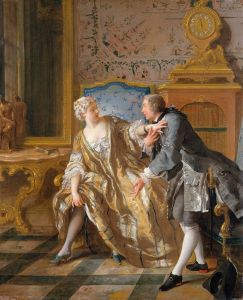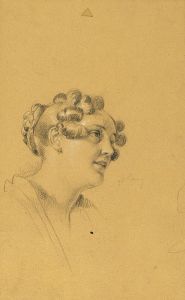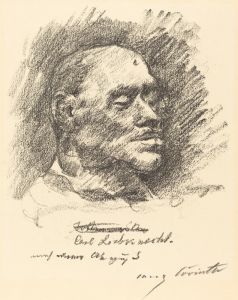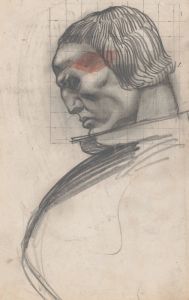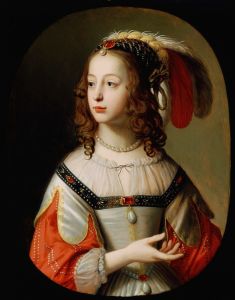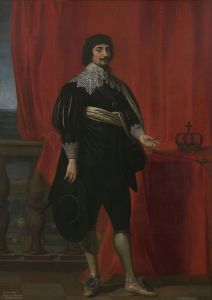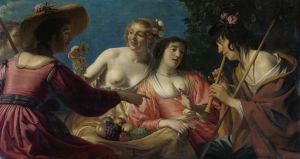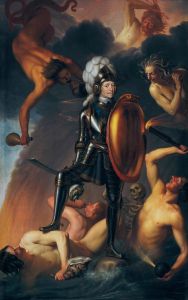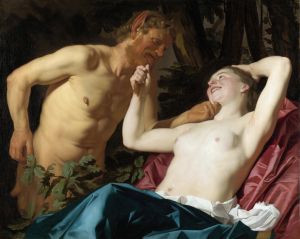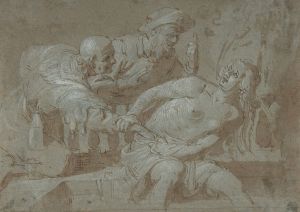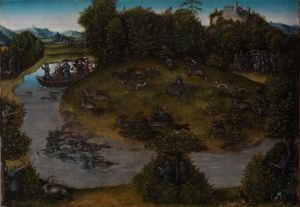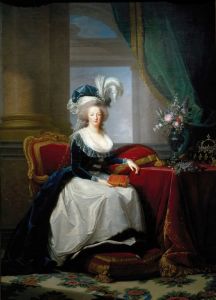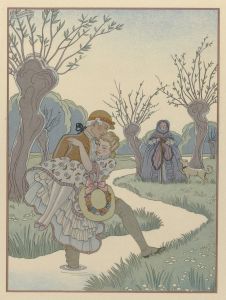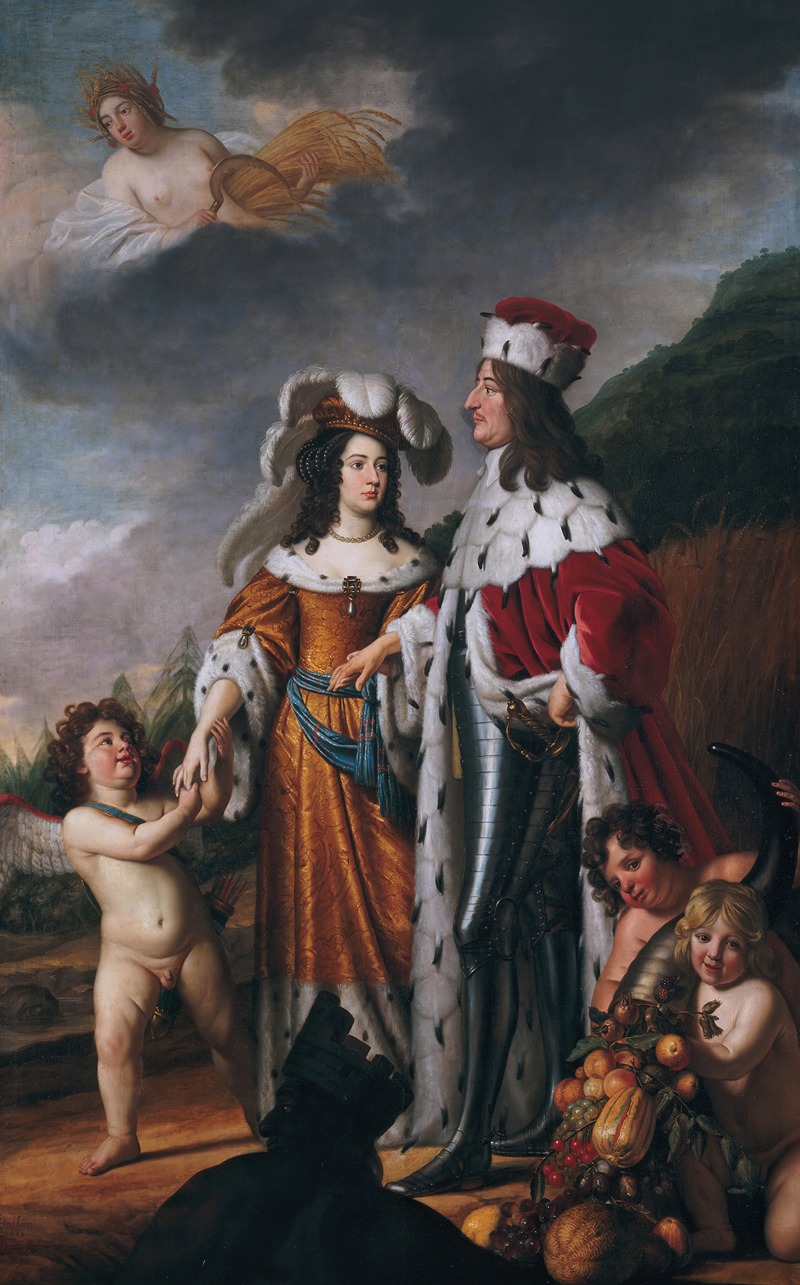
Louise Henriette leads Friedrich Wilhelm, Elector of Brandenburg, to her parents
A hand-painted replica of Gerard van Honthorst’s masterpiece Louise Henriette leads Friedrich Wilhelm, Elector of Brandenburg, to her parents, meticulously crafted by professional artists to capture the true essence of the original. Each piece is created with museum-quality canvas and rare mineral pigments, carefully painted by experienced artists with delicate brushstrokes and rich, layered colors to perfectly recreate the texture of the original artwork. Unlike machine-printed reproductions, this hand-painted version brings the painting to life, infused with the artist’s emotions and skill in every stroke. Whether for personal collection or home decoration, it instantly elevates the artistic atmosphere of any space.
Gerard van Honthorst, a prominent Dutch Golden Age painter, is known for his masterful use of chiaroscuro and his ability to capture the essence of his subjects with vivid realism. One of his notable works is the painting titled "Louise Henriette leads Friedrich Wilhelm, Elector of Brandenburg, to her parents." This painting is a significant historical piece that reflects the political and familial alliances of 17th-century Europe.
The painting depicts Louise Henriette of Nassau, a member of the House of Orange-Nassau, leading Friedrich Wilhelm, the Elector of Brandenburg, to meet her parents. Louise Henriette was born on November 27, 1627, in The Hague, and was the eldest daughter of Frederick Henry, Prince of Orange, and Amalia of Solms-Braunfels. Her marriage to Friedrich Wilhelm was a strategic alliance that strengthened ties between the Dutch Republic and Brandenburg, which was a significant power in the Holy Roman Empire.
Friedrich Wilhelm, known as the "Great Elector," was born on February 16, 1620, in Cölln, and became the Elector of Brandenburg in 1640. His reign was marked by efforts to consolidate his territories and increase the power and influence of Brandenburg-Prussia. The marriage to Louise Henriette in 1646 was part of his broader strategy to secure alliances that would support his political ambitions.
The painting by Honthorst captures a moment of diplomatic and familial significance. It is likely set in a grand interior, reflecting the wealth and status of the families involved. Honthorst's use of light and shadow would have been employed to highlight the figures of Louise Henriette and Friedrich Wilhelm, emphasizing their importance and the solemnity of the occasion. The presence of Louise Henriette's parents, Frederick Henry and Amalia, would underscore the familial approval and the political weight of the union.
Honthorst, who was active in both the Netherlands and England, was known for his ability to convey narrative through his compositions. In this painting, the gesture of Louise Henriette leading Friedrich Wilhelm can be interpreted as a symbol of the union between their two houses and the promise of cooperation and mutual benefit.
This marriage was indeed fruitful, producing several children, including Frederick I of Prussia, who would become the first King in Prussia. The alliance through marriage played a role in the eventual rise of Brandenburg-Prussia as a major European power.
While specific details about the painting's current location or provenance might not be readily available, its historical context and the significance of the figures it portrays remain clear. The work is a testament to the role of art in documenting and celebrating the political and social narratives of its time. Gerard van Honthorst's painting not only captures a personal moment between two historical figures but also reflects the broader geopolitical landscape of 17th-century Europe.





